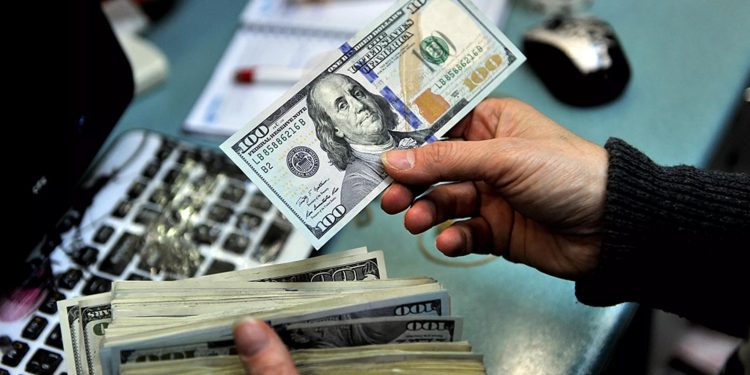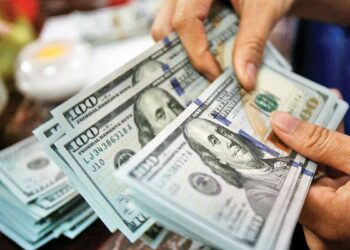In the face of escalating geopolitical tensions and increased demand for safe-haven assets triggered by an Iranian strike on Israel, the Nigerian naira demonstrated remarkable strength, trading below the crucial threshold of N1000 against the US dollar at certain segments of the parallel market.
The naira’s surge below N1000 at select segments of the parallel market echoed the projections made by Goldman Sachs economists, who anticipated such bullish momentum in the foreign exchange market. The American investment bank’s forecast suggested a trajectory where the naira would trade below N1000 against the dollar in the near future, a trend that appears to be materializing.
Capital Inflows and Policy Initiatives Bolster Naira
Bolstering this bullish momentum are capital inflows and successive interest rate hikes, which have helped the naira recover from significant losses incurred after two devaluations since June of the previous year. Policy initiatives implemented by the Central Bank of Nigeria (CBN) have also played a crucial role in stabilizing the foreign exchange market, including the recent interest rate hike to 24.75% during the Monetary Policy Committee (MPC) meeting.
Anticipated Dollar Inflows and Geopolitical Uncertainties
Market expectations of increased US dollar inflows from the sale of foreign currency bonds in the second quarter, as indicated by Finance Minister Wale Edun, further contribute to the positive outlook for the naira. However, geopolitical unrest in the Middle East, coupled with fears of an Iranian strike on Israel, has led to soaring crude oil prices, with Nigerian grades trading at a premium despite a decline in production volume.
Dollar Strength Amid Global Uncertainties
While geopolitical tensions have bolstered the dollar index to five-and-a-half-month highs, reports suggest that the impact of the Iranian strike on Israel had limited effect, with indications that the conflict may have reached a temporary lull. Additionally, expectations of sustained US interest rates and weak economic data from China have further supported the dollar’s strength in global markets.
Inflation Concerns and Fed Policy Signals
High inflation figures and hawkish signals from the Federal Reserve have dampened expectations of interest rate cuts, prompting a rapid decline in bets that the Fed will lower rates in the first half of 2024. These factors collectively contribute to the dollar’s resilience despite prevailing global uncertainties.
As the naira continues its bullish momentum, driven by both domestic and global factors, market participants remain vigilant, closely monitoring developments in geopolitical tensions and central bank policies for potential impacts on currency dynamics.










